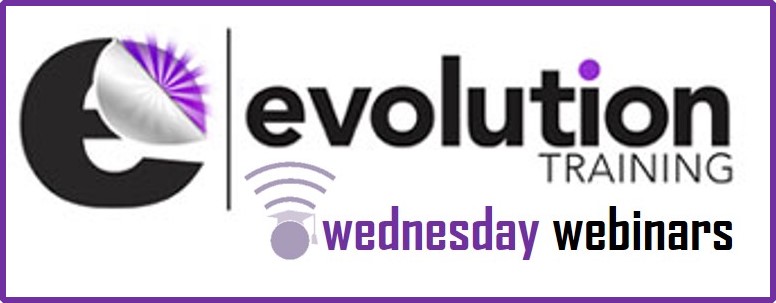If education is key to a high-quality future, teachers are holding the keys. To provide students with superior skills teachers need advantages, and employing the tools of Neuro-Linguistic Programming provides unique advantages. Helping teachers to create the environment and have the tools so that ‘learning to learn’ becomes a natural part of their tool kit.
Recent growth in interest in the use of NLP in the classroom has come from acknowledgement that teachers not only need to have knowledge of the coursework, but also need to be highly skilled at communication and interpersonal interaction. Neuro-Linguistic Programming has been welcomed by teachers because it helps them create an environment that is conducive to learning by building strength in relating to others and the ability to model positive interaction.
As mentioned in our book, “NLP Toolkit, Innovative Strategies for teachers, trainers, and school leaders” Neuro-Lingustic Programming employs four approaches:
- Outcomes – strategies for self-motivation and the motivation of others.
- Rapport – approaches for building rapport and influencing others.
- Flexibility – techniques for enhancing flexibility and awareness of others.
- Influential language– language models derived from psychotherapists’ communication skills.
When you walk into the classroom to teach, bring to your students the positive, effective method of teaching with Neuro-Linguistic Programing. It will take them as far as they can go.
For more information on how you can become a powerful business communicator, download a complimentary copy of our groundbreaking new ebook, “The Leaders Guide to Clear and Effective Communication“.
Roger Terry
Latest posts by Roger Terry (see all)
- Communication Skills for the Classroom - March 18, 2022
- Stop being your own worst enemy! - November 28, 2018
- Upgrade yourself for greater self understanding - November 3, 2018
- Upgrade yourself for a better life – download - October 26, 2018




